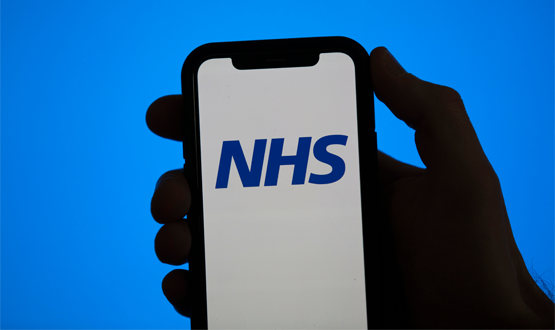National systems to become ‘glue’ of NHS
- 24 October 2014

Key systems will provide the “electronic glue” that will enable different parts of the health service to work together, according to NHS England’s Five Year Forward View.
The report, issued today by the commissioning board’s chief executive, Simon Stevens, sets out to try and close the £30 billion gap that could open up between funding and demand by 2020-21.
It says this can be done if the NHS takes action on prevention, on giving patients more control over their own care, and on “reshaping care delivery” around fewer acute centres and new models of community and primary care.
It identifies “exploiting the information revolution” and “accelerating innovation” as two of the key steps towards achieving its vision.
On the IT front, the report says that although it has “world leading” primary care IT, and general IT spend has reached “levels that might be expected looking at comparable industries and countries”, the NHS is not doing as well as it should be.
The report blames the slow progress on “oscillating between two opposite approaches to information technology adoption” – “highly centralised national procurements and implementations” and “letting a thousand flowers bloom.”
“The result has been systems that don’t talk to each other, and a failure to harness the shared benefits that come from interoperable systems,” it concludes, adding that NHS England will take a “different approach” in future.
“Nationally we will focus on the key systems that provide the ‘electronic glue’ which enables different parts of the health service to work together,” it says.
“Other systems will be for the local NHS to decide upon and procure, provided they meet nationally specified interoperability and data standards.”
The report says the National Information Board will publish a series of ‘road maps’ later this financial year, which will go into more detail on who will do what “to transform digital care.”
It is not clear if these will take the place of the IT strategy that has been promised since the commissioning board issued its guidance on applying to the first of the tech funds and on creating an ‘integrated digital care record’ last July.
But they sound similar to the different ‘chapters’ that organisations including the commissioning board and the Health and Social Care Information Centre are known to have been working on.
Key elements of the roadmaps will include: transparency of performance data within the NHS; expanding NHS accredited health apps; online appointment booking and repeat prescriptions; “fully interoperable electronic records”; and joined up hospital, GP and administrative data for researchers.
The report obliquely references health secretary Jeremy Hunt’s call for a ‘paperless’ NHS by 2018, saying “fully interoperable electronic health records” will make patient records “largely paperless.”
It also goes beyond the government’s present pledge to give patients access to a subset of their GP record by 2015 by saying that patients “will have full access to these records and be able to write into them.”
The Five Year Forward View carefully avoids naming the care.data programme which was set up to expand the Hospital Episode Statistics and link them to GP and other records, which stalled after an outcry over its information campaign and consent model.
However, the pledge to “bring together hospital, GP, administrative and audit data to support the quality improvement, research and identification of patients who most need health and social care support” clearly refers to it. The report confirms that individuals will have to opt out.
Overall, the Five Year Forward View argues that there is no need to abandon the taxpayer funded, universal NHS, and that it will be possible to close the £30 billion ‘Nicholson Challenge’ gap.
However, it warns that existing efficiency drives will not be enough; and that the NHS will need to invest in public health and new ways of working that "break down barriers" in how care is delivered.
On the innovation front, the Five Year Forward View argues there is an “even larger unexploited opportunity to combine different technologies and changed ways of working in order to transform care delivery.”
For example, it suggests that house-bound, elderly patients might be given biosensors so that community nursing teams can monitor their conditions and reduce hospital admissions. However, it acknowledges that technology on its own will not be enough “and may in fact just add cost.”
“Instead, we need what is now being termed ‘combinatorial innovation,” it says, adding that it wants the NHS to become “one of the best places in the world” for this over the next five years.
The report tacitly admits that telehealth and telecare pilots to date have been poor, and that the whole system demonstrators that were supposed to make the case for these technologies were “weak” and failed to "generate empirical insight.”
It says NHS England will address these issues by setting up ‘test bed’ sites with Academic Health Science Networks, promote more rigorous analysis of new ideas, and work with ‘new towns’ to try new health and social care models.




